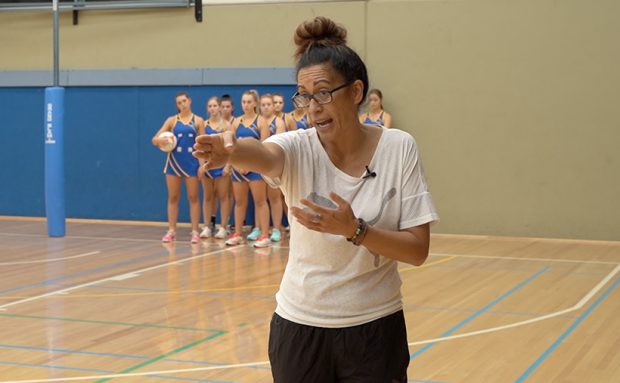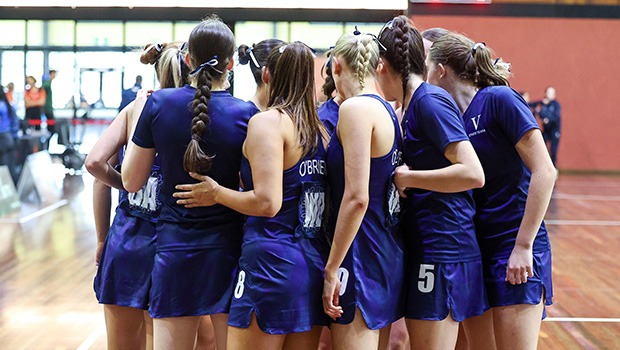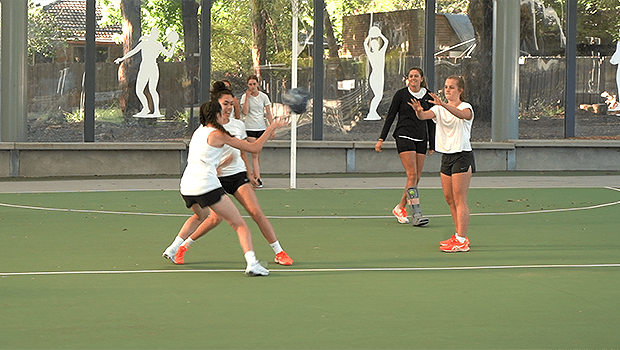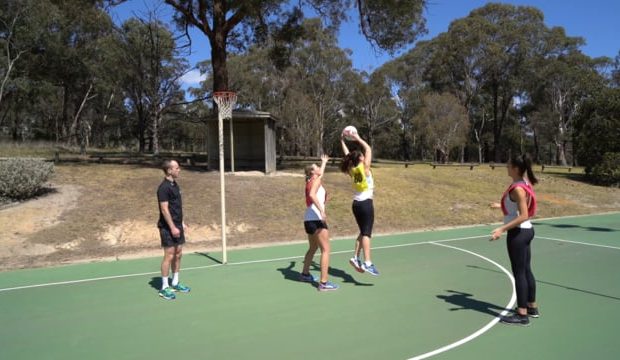
- by Heath Brown
As Super Netball franchises battle out the off-season player hunt and movements, Heath Brown reflects on the end-of-season challenges many local coaches face within their grassroots pathway.
Without the pull of money and with a generation of players for whom club loyalty increasingly comes second to personal demands, I would argue that the off-season at local level can be just as tiring as the season itself.
The countless calls to players, the logistics of trials, the season planning while everyone else enjoys a break and the demands of players and parents shopping around for clubs – it’s all-consuming.
And yet talent acquisition and management is rarely a skillset we are taught as coaches.
In speaking to a number of state league coaches and pathway clubs in recent months, many had common experiences in trying to retain players, so let’s take a look at the types of players and personnel you may have to manage during your post-season phase, and how best to handle them.
The Graduating ‘Benchie’
Rapidly improving bench or developing players are often the hardest to manage and retain.
You have a kid on this rise who you have been ‘cooking’ for a season or two, and part of their development is playing behind, around and with stronger players so that they learn from their peers as they prepare to take their bib in future years. It also teaches these athletes humility, how to cope with bench time and how to earn a spot rather than being given it.
Then just as you get the kid ready for the big stage, another club swoops with the promise of court time, while highlighting a lack of opportunity at your club as a tactic to sway them.
NETBALL DRILLS: REGISTER TO ACCESS 400+ VIDEOS!
My coaching mentor taught me a lot in this space. Firstly, she believed if the player is legitimately ready and needs full court time and you can’t give them more than an impact role, be prepared to let the player go. Keeping them on a bench when they’re potentially at the top of their game is team-stacking and growth disabling.
This doesn’t mean your list has to have a token ‘benchie’, and if you do have a bottleneck of talent there are ways to keep them all by using smart rotations. Contrast the way Vixens managed Thwaites, Kumwenda and Philip to the way Giants managed Bassett, Austin and Harten and you can find some good examples of how it can work, and when it doesn’t.
The State Team Pullers
If you mapped out player migrations of the top young talent in your area each off-season, often you’ll find a strong correlation between player movement and clubs with coaches involved in higher ‘pathways’.
Coincidence or coercion – that’s the big question!
In every system I have been in, there are always those elite coaches who go back down the pathway to use their position and status to influence players and draw them to their club. More often than not, these approaches back players into a corner, as the message the player hears is, “If you don’t play for our club, you’ll damage your chances of making Team X”.
CAN’T RETAIN PLAYERS? TIME TO CHANGE YOUR APPROACH!
This goes against the grain of what I believe coaches’ roles are in the system – to be club agnostic and encourage talent being shared around as it will grow the depth of our sport. It’s not rocket science to suggest that a league with a more level playing field creates tougher matches week in week out – which is how we want our players built.
Little do those coaches realise that they are creating a culture where loyalty takes a back seat, and status counts for more. Sure, advertise that your club has credentialed coaches, but direct conversations promising higher teams is wrong, as there is an implied pressure that if the player does not accept the position, it may harm their chances of higher selection.
The Club Hopper
There are some athletes who you seem to see in a different coloured dress every other season.
I call them ‘club hoppers’, and the reality is that these players will say yes to the shiniest new offer on the shelf, they have zero club loyalty and selecting them can be one of the quickest ways to kill club culture.
They’re also the type of player who will leave your club without a thank you or a passing thought for what the club has done in helping to develop them or provide them with opportunities.
Dealing with these players is simple – avoid them and let the clubs who would rather bring in talent than breed it themselves fight for those socialites.
The Hand-ups
There are times when a certain club doesn’t have higher teams or the next step in the pathway for an athlete. This is where good clubs do the right thing and help find a new home for the athlete they built.
As a club, it can be beneficial to have some unofficial pathways between your club and another with similar environments, so that there is somewhere that players can be ‘handed-up’ to once they’re ready to take the next step.
A ‘hand-up’ is very different to coaches or clubs dragging talent across, as in this case the coach who developed the talent is a part of the process in helping the player find their next home. These interactions are often far more successful for all concerned, as coaches are unlikely to send the player into an environment where they won’t be valued or continue to develop.
The Broken Birds
All too often we get a ‘broken bird’ approach us – a player spat out by the system or who’s been let down by a club environment they’ve been a part of of previously. Often they come to you with depleted confidence and with their love of the game hanging by a thread.
It’s a privilege to take on these players who’ve chosen a chance with your club rather than leave the sport, and as a coach it’s these players who often help define what true coaching talent is – the best coaches are able to find a way to get the player back to their best.
On a finishing note, my coaching mentor always tells me to exit any situation or interaction with grace. Even if you want to give the leaving player a mouthful, always maintain your composure and integrity, even if other coaches and clubs around you don’t do the same.
At the end of the day there is nothing more satisfying than earning long-term success the right way, rather than favouring short-term gains by piggybacking talent that others built.





